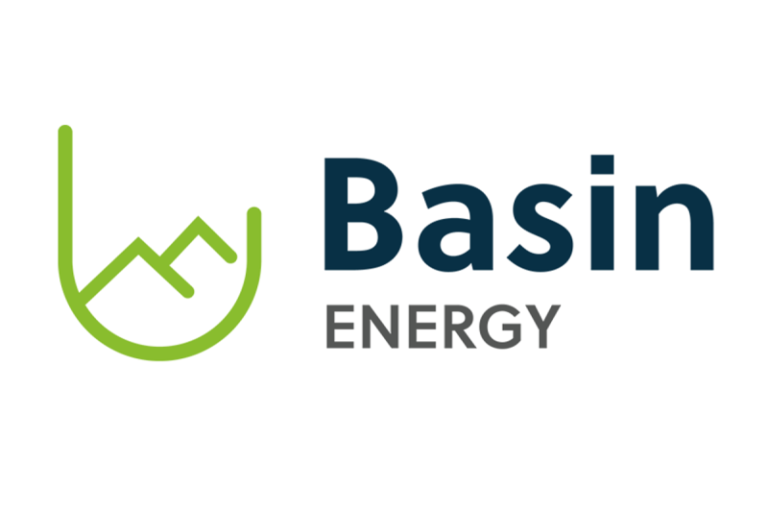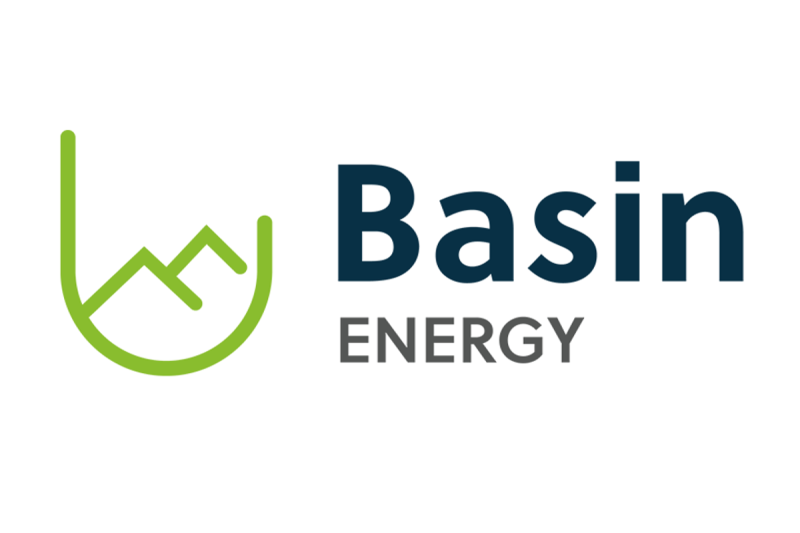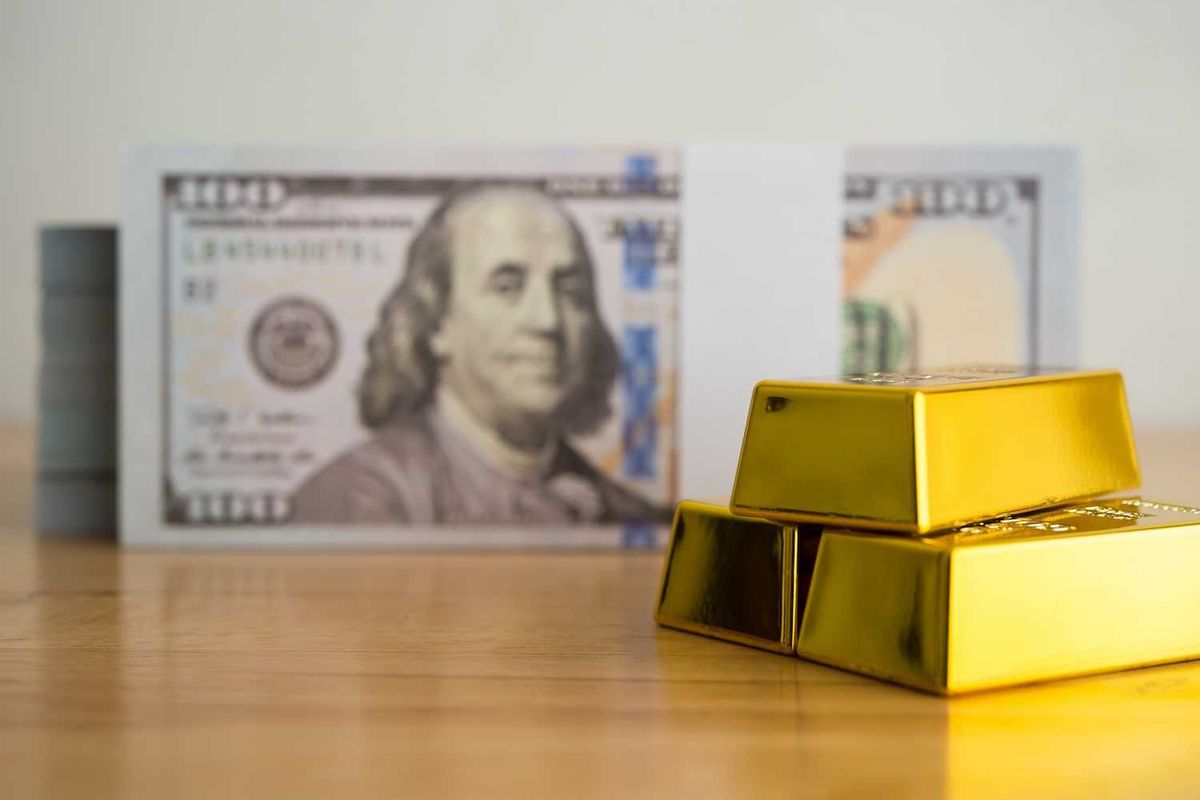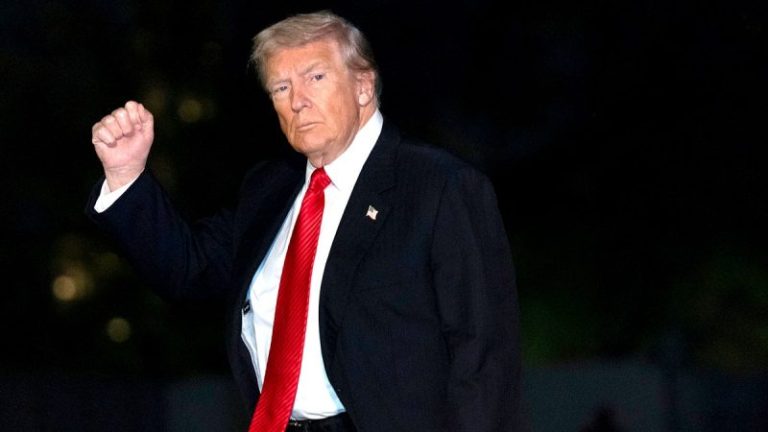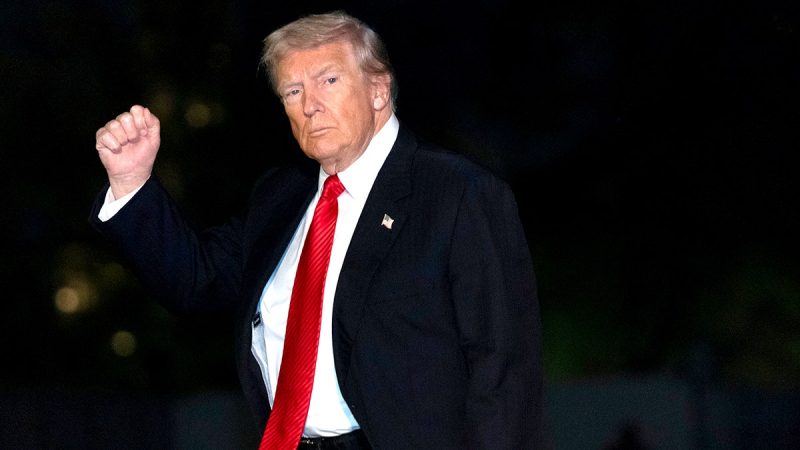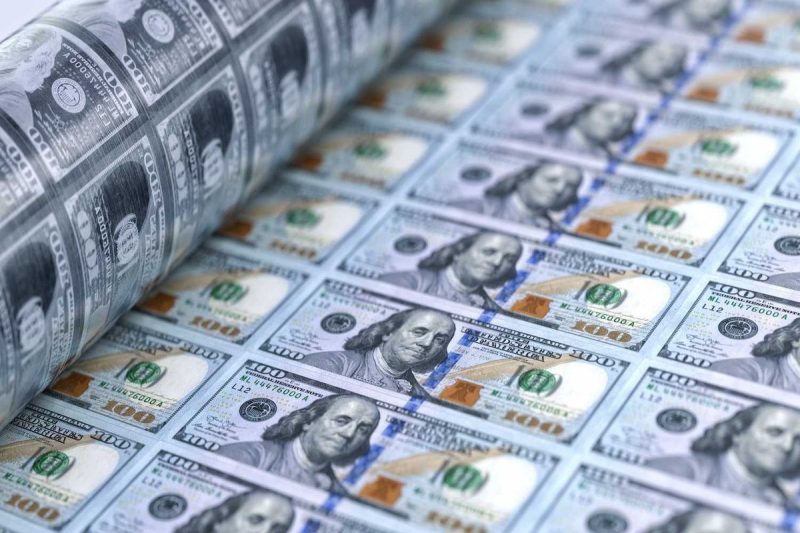Perth, Australia (ABN Newswire) – Red Mountain Mining Limited (ASX:RMX) (OTCMKTS:RMXFF), a Critical Minerals exploration and development company with active projects in Tier-1 Mining Districts in the United States and Australia, has announced the Company’s advanced progression towards a US Stock Exchange listing.
HIGHLIGHTS
– Red Mountain Mining has recently appointed a highly regarded US-based markets advisory team and is in the final stages of confirming a US Stock Market listing on the OTCQB under the US Stock Code ‘RMXFF’
– In 2024, over US$478 billion (AU$732 billion) in liquidity and volume flowed through the United States OTC Markets Group’s exchanges
– Red Mountain has secured multiple US antimony assets in Tier-1 mining districts since mid September 2025, with projects located adjacent to high value, major Antimony projects, including Perpetua Resources’ (NASDAQ:PPTA) Stibnite Project in Idaho and Trigg Minerals’ (ASX:TMG) Antimony Canyon Project in Utah
– Red Mountain has also made significant progress at its Armidale Antimony-Gold Project in the New England Orogen in New South Wales, the location of Larvotto Resources’ (ASX:LRV) Hillgrove project, which is Australia’s largest Antimony deposit and the target of a recent acquisition proposal by United States Antimony Corporation (NYSE:UAMY)
– Following highly encouraging inbound interest received from several US investment banks, the Red Mountain Board believes the planned US Stock Market listing provides a series of value accretive opportunities including:
o Providing US retail and institutional investors direct access to invest and trade in the Company’s shares on the OTCQB under the US Stock Code ‘RMXFF’
o Positioning RMXFF alongside US peers in the critical minerals sector, potentially further improving valuation metrics and attracting specialised US resources investors
o Improving Red Mountain’s current strong strategic alignment with the US Government’s dramatic push to secure a domestic supply of critical minerals, and better positioning the Company to benefit from strong US Federal financial support for critical mineral projects targeting antimony
– Red Mountain expects to confirm the ‘RMXFF’ listing date by next week
Red Mountain has recently appointed its US-based markets advisory team and is in the final stages of confirming a US Stock Market listing on the OTCQB under the US Stock Code ‘RMXFF’. Since mid-September 2025, Red Mountain has pursued an aggressive acquisition strategy, securing three US antimony assets in Tier-1 mining districts since mid-September 2025, with projects located adjacent to high value, major antimony projects, including Perpetua Resources’ (NASDAQ:PPTA) Stibnite Project in Idaho and Trigg Minerals’ (ASX:TMG) Antimony Canyon Project in Utah.
RMX has also made significant progress during 2025 within its Armidale Antimony-Gold Project in the New England Orogen in New South Wales, by demonstrating high-grade orogenic antimony mineralisation with associated gold at multiple prospects. RMX’s project hosts a similar style of mineralisation and is located within the same prospective geological province as of Larvotto Resources’ (ASX:LRV) (A$540m market cap) Hillgrove project, which is Australia’s largest Antimony deposit and the target of a recent acquisition proposal by United States Antimony Corporation (NYSE:UAMY) (A$1.5b market cap.).
US Government focused on building domestic Antimony supply
Presently, about 90% of global antimony production is controlled by China, Russia, and Tajikistan, which is creating significant supply risks for Western nations such as Australia and the US. Both countries currently have no producing antimony mines, despite the metal’s critical role in defence applications, including armament manufacture and semiconductor technologies. With China’s current export ban creating acute supply shortages and the antimony price recently reaching US$60,000 per tonne, the US Government has issued emergency declarations and mobilised unprecedented funding for domestic production.
The majority of the available US Federal funding is being directed under White House led initiatives and includes opportunities such as:
– The Export-Import Bank (EXIM) Supply Chain Resiliency Initiative (SCRI), which will provide financing for international projects with signed long-term ‘off-take’ contracts with U.S. companies, providing these U.S. companies with access to critical minerals from partner countries.
– EXIM’s China and Transformational Exports Program (CTEP), which provides funding in strategic sectors like critical minerals to support American companies in projects that might otherwise be lost to China, aligning with the U.S.’s broader goals to boost supply chain resilience and national economic competitiveness.
– Defense Production Act Title III funding for strategic materials, which partners with U.S. private industry to mitigate gaps in the domestic supply chain through the use of grants, purchase commitments, loans, or loan guarantees.
An indication of the potential level of investment available to high quality projects is demonstrated by Locksley Resources’ (ASX:LKY,OTC:LKYRF) announcement this week that it had secured a Letter of Interest from EXIM indicating potential financing support of up to US$191 million for Locksley’s Mojave Antimony-REE Project in California.
On 21 October, the US President and Australian Prime Minister executed a Critical Minerals Framework agreement, through which the two governments have committed to spend at least US$1 billion each in the next six months as direct investment into a pipeline of critical minerals projects in in the US and Australia.
EXIM has also partnered with Export Finance Australia (EFA), to establish a streamlined pathway for businesses to approach both agencies and enable faster referrals and joint financing of eligible critical mineral transactions, known as the Single Point of Entry. Through this agreement, US and Australian businesses may now approach either EXIM or EFA and will receive streamlined access to both agencies’ financing support.
Red Mountain is already well placed to respond to these opportunities through continued successful progression of the Armidale Antimony-Gold Project, rapid exploration of three recently acquired highly prospective antimony-gold projects in Utah and Idaho, USA, and planned additional US antimony projects currently under consideration for acquisition. The Board strongly believes that the Company’s US Stock Market listing will provide Red Mountain with increased visibility to specialised US resources investors and provide a strong platform to directly benefit from US Federal financial support for critical mineral projects targeting antimony.
Red Mountain Utah Antimony Project, USA
In September, Red Mountain announced the acquisition of 87 claims within the Antimony Mining district east of the town of Antimony, Utah, USA. The Antimony Mining district was discovered in 1879 and produced high-grade Sb ores from multiple small-scale mines from 1880 to about 1908 and intermittently into the 1960s. RMX’s claims lie immediately along strike to the north and south of Trigg Minerals’ (ASX:TMG) Antimony Canyon Project (Figure 1*), which includes more than 30 small historical mine workings surrounding both Antimony Canyon and Drywash Canyon, approximately 6km north of the main prospect.
Antimony Mining District – Antimony Mineralisation
Antimony mineralisation within the Antimony Mining district is related to an approximately northsouth trending fault system, which is interpreted to represent fault splays related to the Paunsaugunt Fault. These faults are thought to have provided pathways for hydrothermal fluids from nearby volcanic centres to migrate upward towards favourable stratigraphic horizons, where antimony typically occurs as stibnite veins and stockwork zones sub-parallel to flat-lying stratigraphy. The dominant host for mineralisation at Antimony Canyon and Drywash Canyon is the Early Palaeocene Flagstaff Formation, which comprises carbonate-rich fluvial sandstone and conglomerate, with TMG’s recent exploration concluding that a brittle felsic volcaniclastic horizon within the Formation is the most prospective host unit, but that mineralisation is present at multiple stratigraphic levels, implying potential for both laterally and vertically extensive mineralisation. Channel sampling within and adjacent to historical workings by TMG at Antimony Canyon and Drywash Canyon delivered multiple samples with antimony contents in excess of 10% Sb and a best result of 1.5m at 33.2% Sbfrom the Stebenite Mine in Antimony Canyon.
Antimony Canyon and Drywash Canyon represent two eroded windows into the Flagstaff Formation through a thin (interpreted to be mostly <20m thick), but laterally extensive blanket of Quarternary alluvial and colluvial sedimentary cover (Figure 1*). However, north-south trending faults that provide fluid conduits for antimony-rich mineralising fluids and the Flagstaff Formation host stratigraphy are interpreted to extend beneath the Quaternary cover and into RMX’s tenements. RMX therefore believes that our Utah Antimony Project has high potential for discovery similar mineralisation to that seen at Antimony Canyon and Drywash Canyon.
Red Mountain Yellow Pine Antimony Project, Idaho, USA
In September, Red Mountain announced the acquisition of 29 claims, less than 2km southwest of Perpetua Resources’ (NASDAQ:PPTA) (TSE:PPTA) Stibnite Gold-Antimony Project in central Idaho, USA.
RMX’s Yellow Pine Antimony Project (Figure 2*) is located within the Stibnite Mining District, which was a major source of antimony in the first half of the 20th Century. Recorded production from the Yellow Pine and Hangar Flats deposits between 1932 and 1952 totalled 39,930 tonnes of Antimony.
These two deposits and the West End Deposit, which produced gold and silver from 1978 to 1997, collectively comprise the Proven and Probable Reserve of 104 Mt @ 1.33g/t Au and 0.06% Sb for 4.8Moz Au and 148Mlbs Sb for Perpetua’s Stibnite Project, which is the largest known antimony deposit in the USA. The rich endowment and exploration potential of the Stibnite District has also been recognised by Resolution Minerals (ASX:RML), whose Horse Heaven Antimony Project lies immediately west of Perpetua’s claims and approximately 5km north of RMX’s project area.
Antimony-gold-tungsten mineralisation in the Stibnite Mineral District
Antimony-gold-tungsten mineralisation in the Stibnite Mining District is structurally controlled along early Tertiary north-south striking regional scale faults and smaller northeast-striking splays and is hosted in the Cretaceous granitoids of the Idaho Batholith and adjacent Neoproterozoic to Paleozoic metasedimentary roof pendant rocks (Gillerman et al., 1992).
2017 geological mapping by the Idaho Geological Survey shows that RMX’s claims feature similar prospective geology to that seen within the Perpetua Resources’ Stibnite Project area, with folded Ordovician to Cambrian metasediments intruded by Idaho Batholith granite and cut by a major NNE trending Tertiary fault, with associated tectonic brecciation and evidence of historical small-scale mining activity (Figure 3*).
There is no evidence of modern exploration activity within RMX’s claims. However, reconnaissance mapping by RMX’s field crew has confirmed the presence of tectonic breccias within quartzite associated with the main NNE-trending fault (Figure 3*), which indicates that hydrothermal fluid circulation occurred along the structure. Red Mountain geologists also successfully located the two eastern historical workings mapped by the Idaho Geological Survey, which are small shallow pits that appear to be targeting brecciated quartz veins, most likely seeking gold and/or antimony.
Red Mountain Silver Dollar Antimony Project, Idaho, USA
In October, Red Mountain announced the acquisition of a further claims in central Idaho, covering 2 km2 with demonstrated historical antimony production. The Silver Dollar Antimony Project lies approximately 75km southeast of both RMX’s Yellow Pine Antimony Project, and Perpetua Resources’ Stibnite Gold-Antimony Project.
RMX’s Silver Dollar claims encompass four known alluvial gold and two antimony mineral occurrences, including the Silver Dollar Mine (Figure 4*), which features a 10m deep shaft sunk into fractured granodiorite in 1944, targeting a massive stibnite vein up to 1m thick.
Choate (1962) concluded that there was significant untested potential remaining for additional antimony, gold, silver, uranium and possibly mercury mineralisation, which is likely to occur as pods or shoots where secondary structures intersect each other and the main NNE-striking fault that cuts RMX’s Silver Dollar claims. To RMX’s knowledge, there has been no exploration over the prospect subsequent to Choate’s assessment.
Red Mountain Armidale Antimony-Gold Project, New South Wales, Australia
During 2025, Red Mountain has demonstrated high-grade orogenic antimony mineralisation with associated gold at multiple prospects within the Company’s Armidale Antimony-Gold Project (EL9732) in the Southern New England Orogen (SNEO) of northeast New South Wales, by demonstrating highgrade orogenic antimony mineralisation with associated gold at multiple prospects The SNEO is widely recognised as Australia’s premier antimony province, with 250 antimony mineral occurrences identified in the Geological Survey of NSW mineral occurrence database (Figure 5*).
Antimony occurs in hydrothermal quartz veins, breccias and stockworks, often with associated gold and/or tungsten mineralisation.
Red Mountain continues aggressive acquisition strategy
Red Mountain continues to aggressively seek further opportunities to expand its portfolio of high quality antimony projects in Tier 1 US mining jurisdictions, with a goal of building a portfolio of assets to leverage what is an unprecedented critical shortage of Western supply of the metal. Subject to the satisfactory completion of due diligence, the Company expects to announce further highly prospective acquisition/s in the near term.
*To view tables and figures, please visit:
https://abnnewswire.net/lnk/HNN6WCLS
About Red Mountain Mining Limited:
Red Mountain Mining Limited (ASX:RMX) is a mineral exploration and development company. Red Mountain has a portfolio of US, Canada and Australia projects in Critical Minerals and Gold. Red Mountain is advancing its Armidale Antimony-Gold Project in NSW, Utah Antimony Project in the Antimony Mining District of Utah, US, Fry Lake Gold Project and US Lithium projects.
Source:
Red Mountain Mining Limited
Contact:
Mauro Piccini
Company Secretary

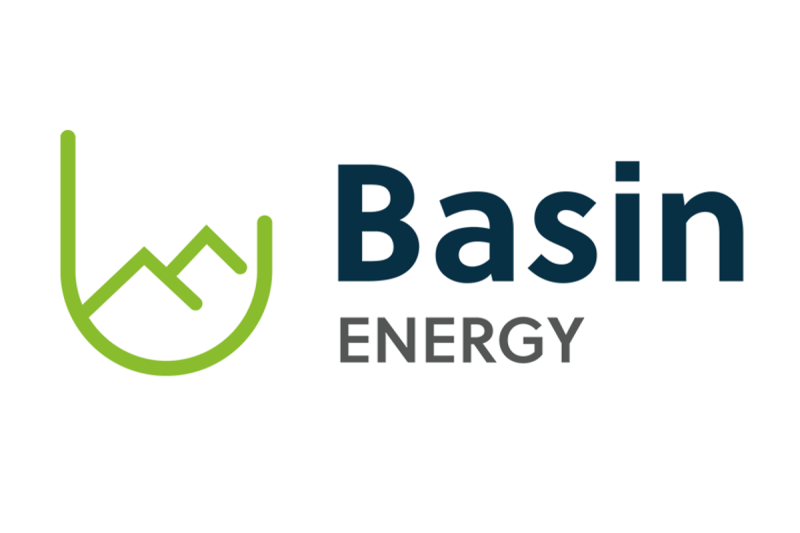
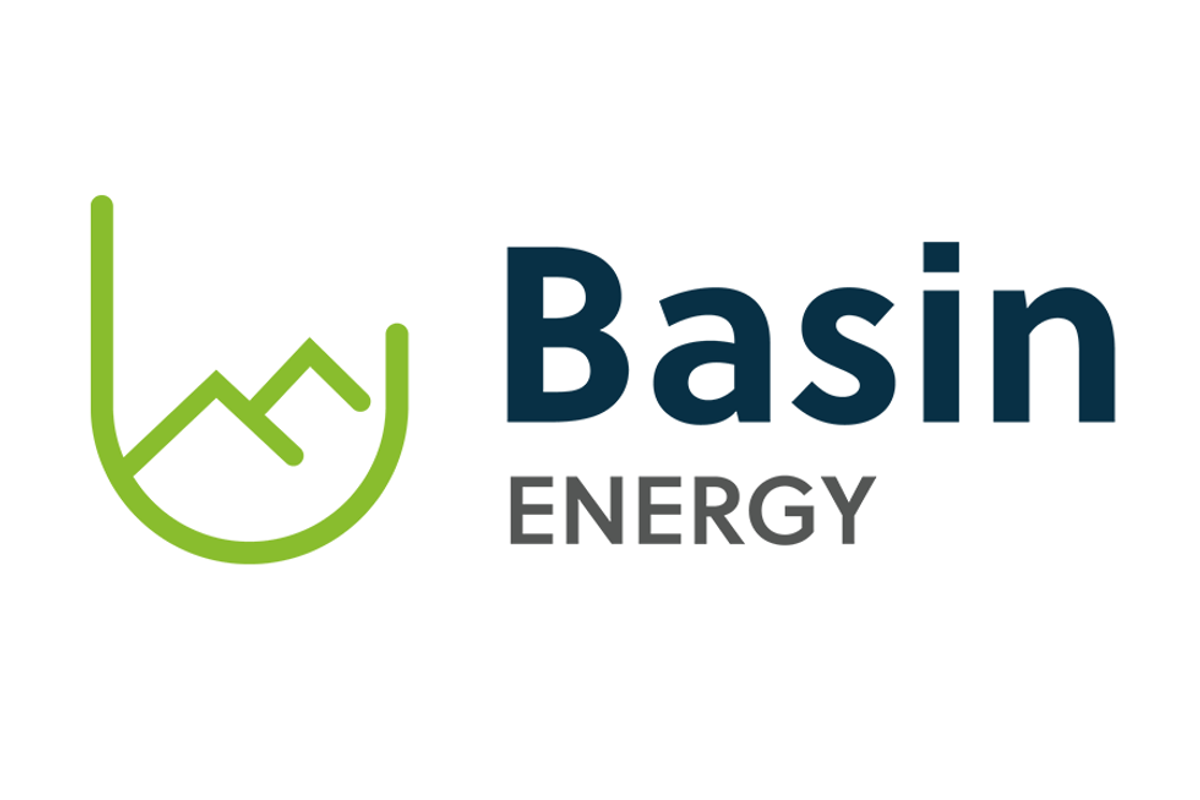

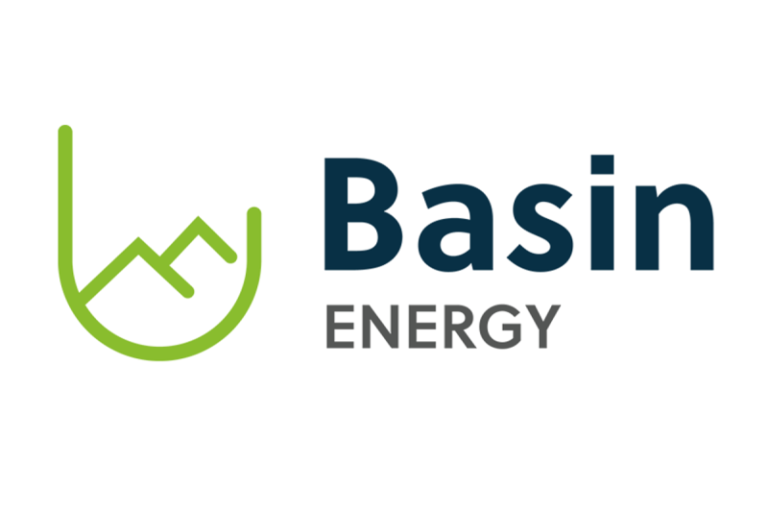
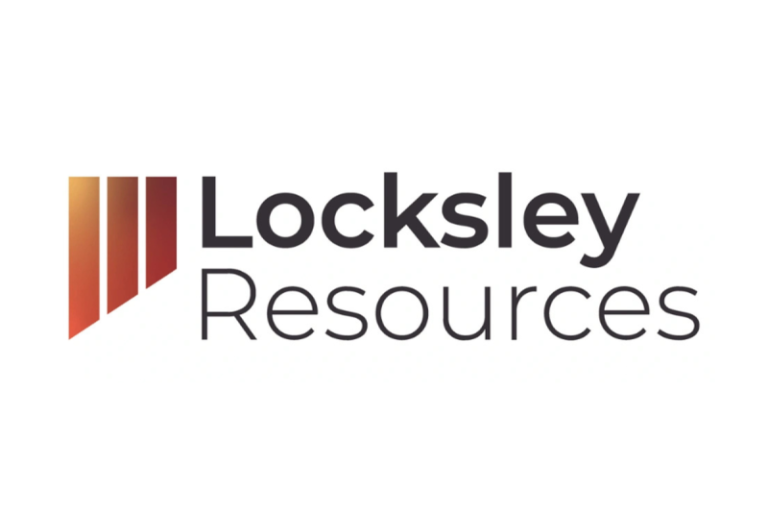
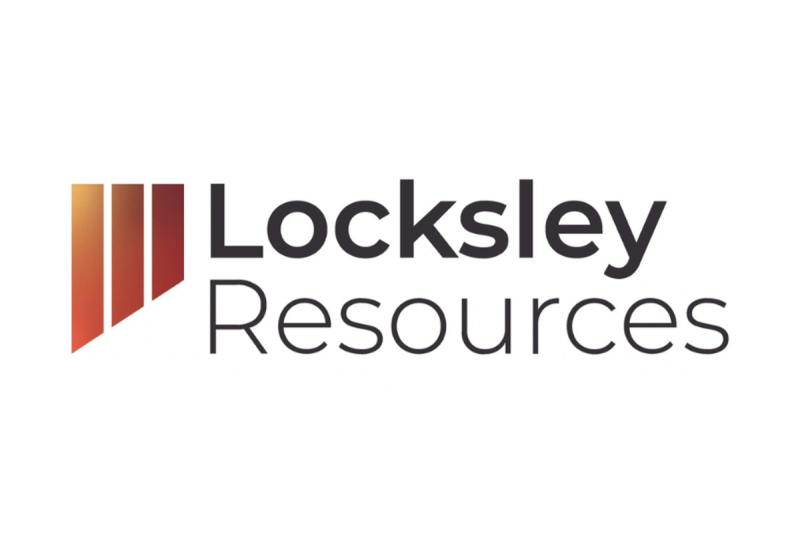

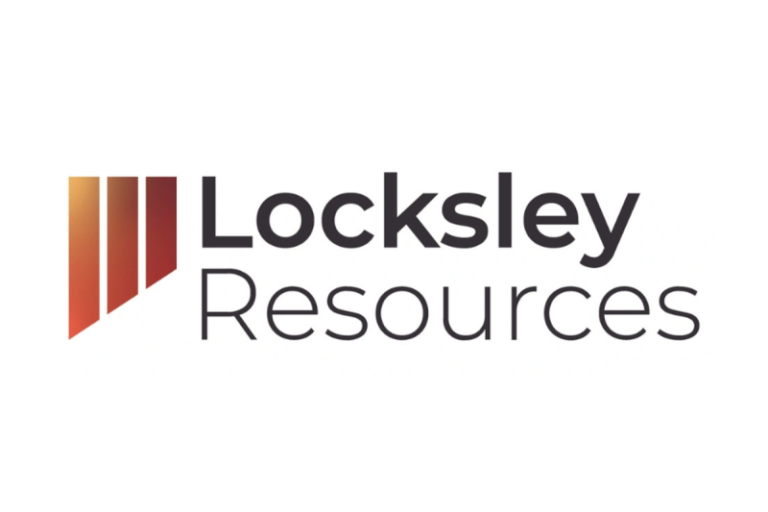
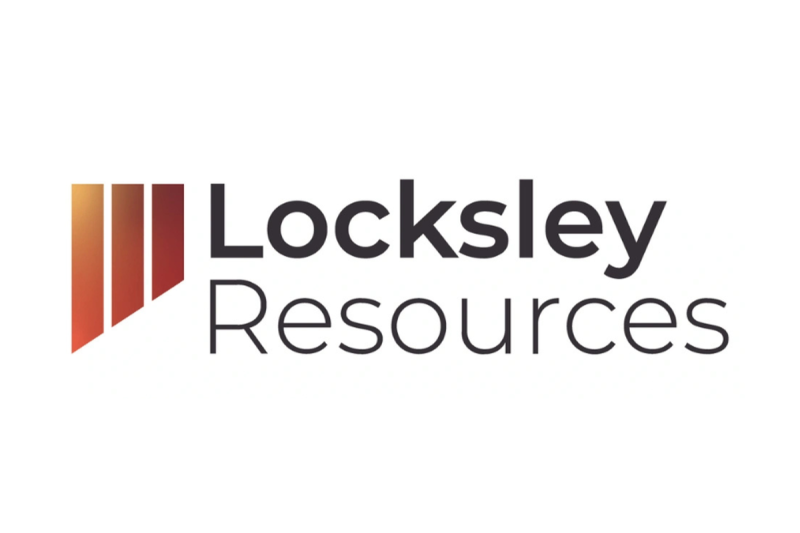
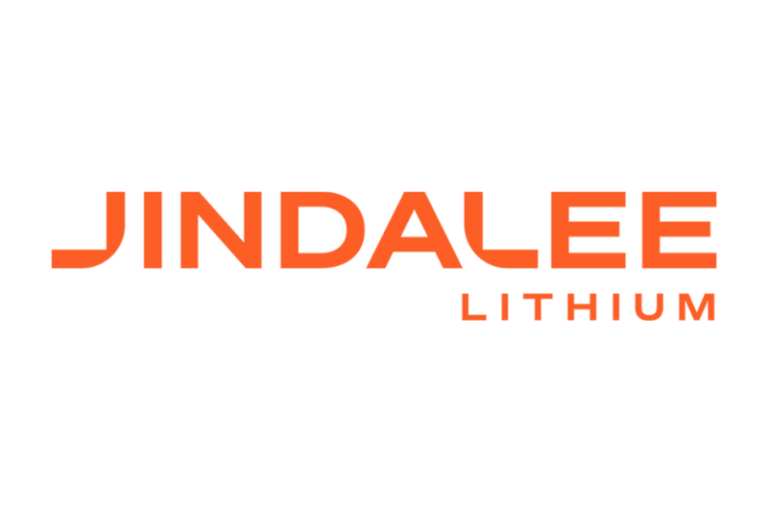
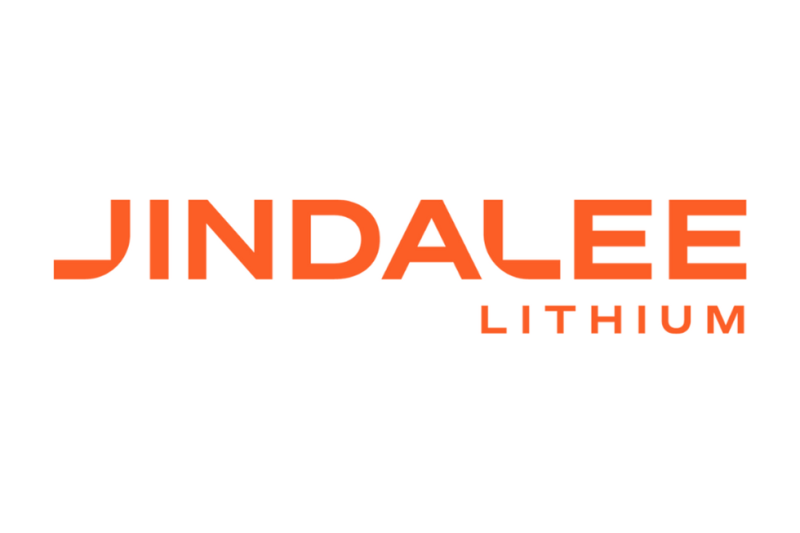
 Jindalee Lithium (JLL:AU) has announced Drilling Underway at McDermitt Lithium Project
Jindalee Lithium (JLL:AU) has announced Drilling Underway at McDermitt Lithium Project